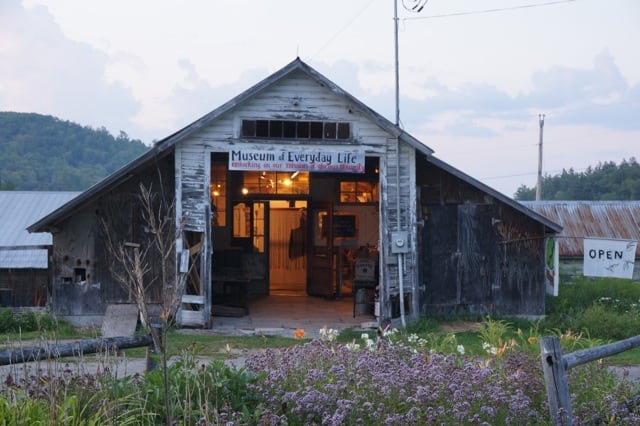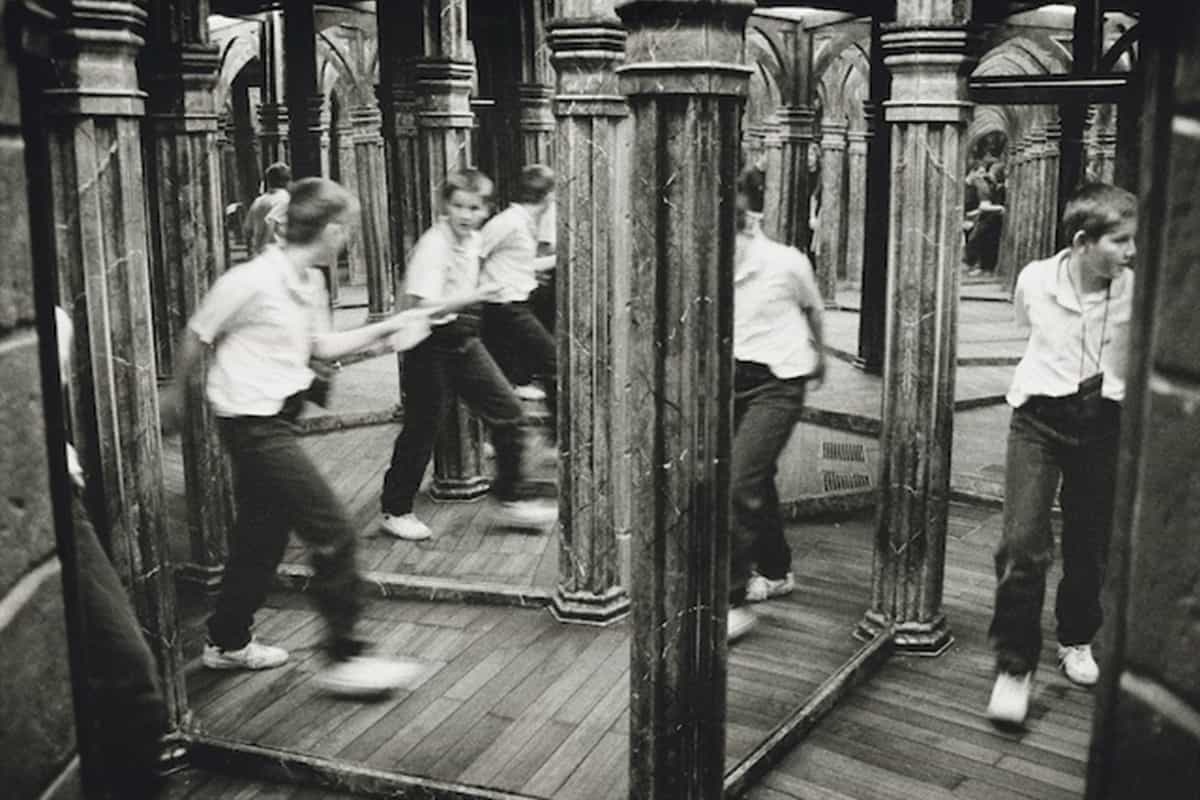It is life’s most typical and seemingly inconsequential objects that populate the exhibits at the Museum of Everyday Life.
The Philosophy Department at the Museum of Everyday Life proclaims in their first manifesto, “No more vitrines! Nothing under glass! Down with the fetishistic worship of “authentic” works by the famous! Down with sanctification of the ‘Original’! Down with all things valuable and antique! Up with a new kind of museum, living and breathing as common as dirt.”
Since this initial assertation of vitriol for all things conventional in the world of galleries and museums, the folks at Museum of Everyday Life continue to theorize and show what a museum would look like if it were a, “…giant cabinet of curiosity, but filled with perfectly familiar objects rather than exotic ones.”

The idea of presenting everyday objects in a museum-like setting and asking viewers to take the practice seriously is not new, revolutionary or transgressive, considering the many other instances of normal objects as fine art from the past century. However, the museum is novel in how it presents objects and the way in which the Philosophy Department and other curators lend serious context to these typical forms. For example, one of the more recent exhibitions titled “Toothbrush from Twig to Bristle in All its Expedient Beauty (May 2014 -April 2015)” not only offers attendees a visual history of the toothbrush, but also asks questions about what it means to be clean and points out the ritualistic nature of morning-time and nightly teeth brushing.
The museum doubles down on its ethos of democracy and dismantling of expectations by being a fully “self-service museum”, literally asking museumgoers to “…turn on the lights when you enter, and don’t forget to turn off the lights when you depart!” Additionally, the museum runs solely on the monetary donations of its audience and the donated time of the folks in the Philosophy Department. No titles like “Executive Director” or “Membership Coordinator” at MOEL. Try “Philosopher at Large” and “Chief Operating Philosopher”.

“Red Stocking” Toothbrush: The “leg” is hollow and stores a small tube of bubble gum-flavored toothpaste for the traveling adventurer. From the Museum’s permanent collection.”
Ultimately, the Museum of Everyday Life is about preservation and provocation. What does it mean to preserve mundane, deteriorating objects that have almost no monetary value and how do we do it effectively? In what ways do the thoughtful presentation of worthless, taken-for-granted objects make us re-think our relationship with those objects? What can we really glean by fully reckoning with the History of the Match?
The Museum of Everyday Life is a self-service museum in Glover, Vermont open daily 8am to 8pm. Stop by to see their current exhibition Mirror/Mirror







